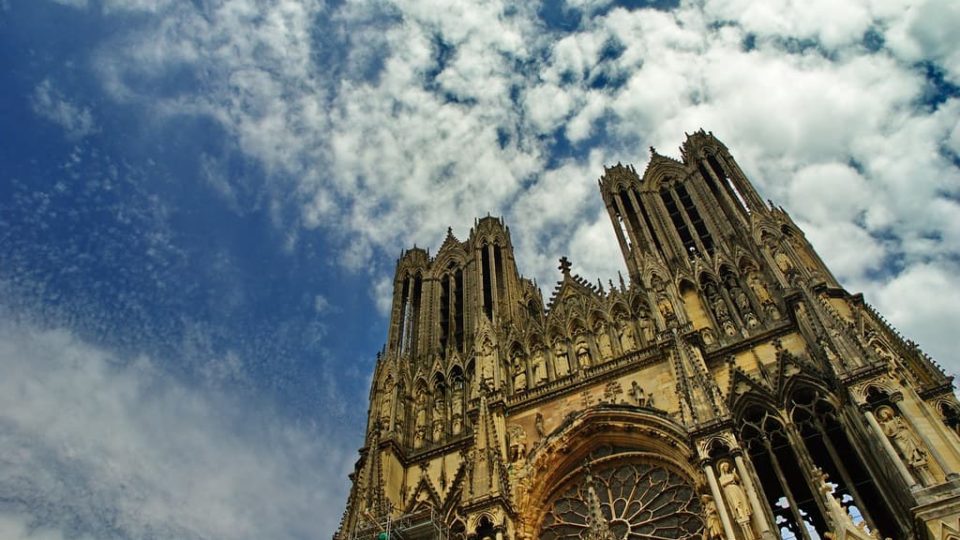Things To Do In Reims
The city of Reims is the Champagne wine-region capital, and different buildings are lined up for visitors to tour and taste. It is a special place; every single French monarch, from 987 to Charles X in the 1800s, was coronated at the Reims Cathedral.
The northeastern French city also glimmers with modest discoveries that will impress visitors. A Roman arch at the center of a square. It’s an art deco library that Andrew Carnegie donated; a chapel painted by a great modern artist and a specialist museum about a historical event that happened in the city.
Here Are Some Of The Best Things You Should Do In Reims:
Step into the Reims Cathedral
Just before you enter the cathedral, ensure you see the Smiling Angel on the north side of the west façade. This is a 1200s sculpture with its own tale to tell, as the 1914 German bombing blasted its head. In France, its fragments went on to become a popular piece of anti-German propaganda.
More than any other church in the continent (excluding Chartres), the Smiling Angel is among the many sculptured pieces on the façade. Art enthusiasts will see the stained glass windows in the apse. It was made by Marc Chagall to substitute those destroyed in the war.
See French royalty in Palace of Tau
The Episcopal Palace close by houses the church’s treasury and also had a role in the royal installation ritual. The monarch would come to the palace to wear his robes, and from 990 to 1825, it was where the banquet after coronation was held.
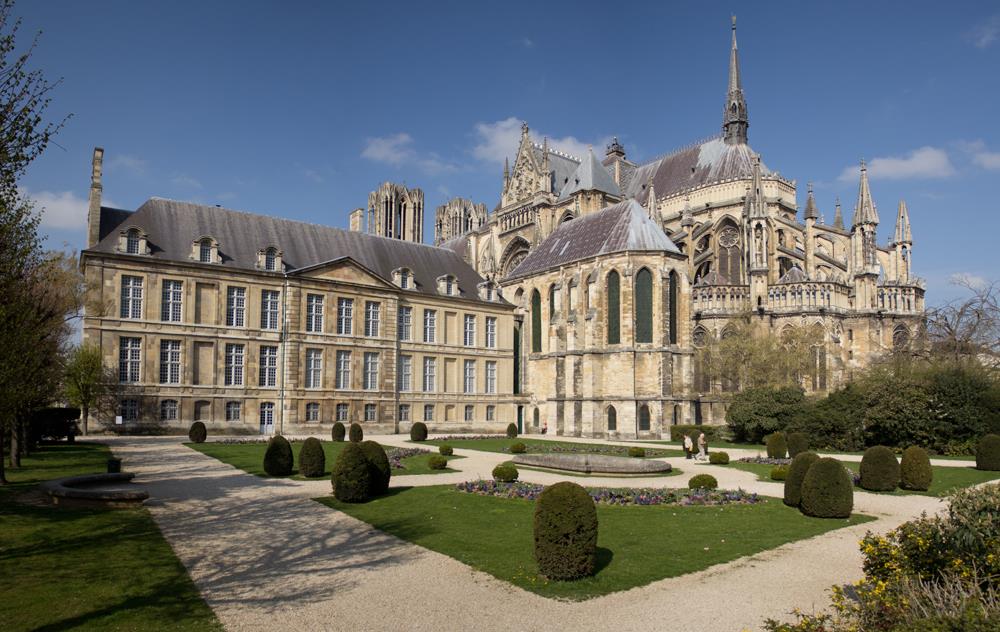
On show is an impressive blend of reliquaries, statutes, and tapestries. Among the highlights here is a talisman that Charlemagne owned in the 9th-century. Despite the fascinating pieces here, nothing comes close to the Holy Ampulla for significance. It bears the anointing oil for all coronations from Louis VII in 1131 to Louis XVI in 1774.
Feast your eyes with the decorations at Villa Demoiselle
After the Pommery Caves is a beautiful mansion built during the art nouveau and art deco’s transition just at the turn of the 1900s. Left and forsaken in the 1980snad 1990s, it was renovated in 2004. Paul-Francois Vranken, president of Vranken Champagnes, spent a fortune in restoring the Villa Demoiselle’s glory.
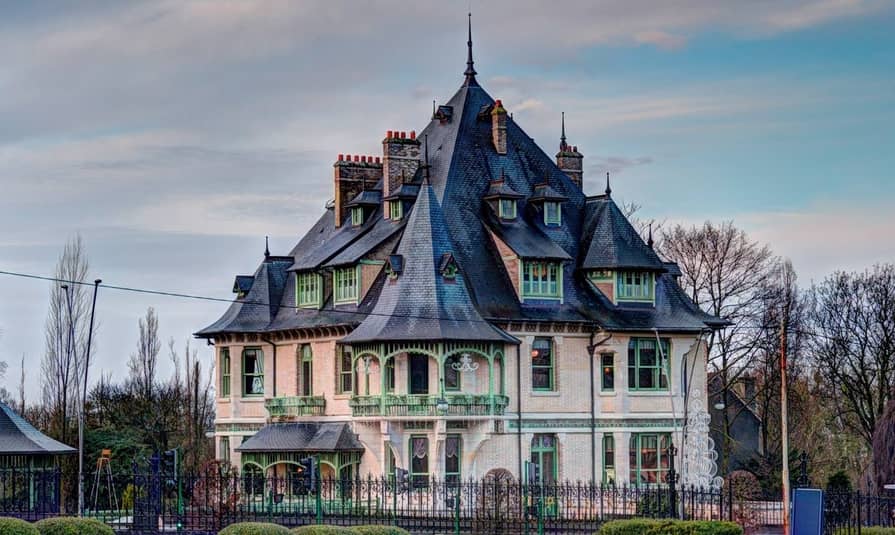
Some excellent pieces of decoration and furniture were included. Things like sinuous chairs made Gustave Serrurier-Bovy, and Emile Galle, a Cuir de Cordoue ceiling. There is also a work by a student named Louis Majorelle, which the Exposition Universelle in Paris received in 1990.
Adore the Saint-Remi Basilica
Recognized as a gothic masterpiece for its sculptural architecture and decoration, the Saint-Remi Basilica is a UNESCO World Heritage Site. The Romanesque transepts and nave are from the 1000s and are parts of the building, which are older than the gothic era.
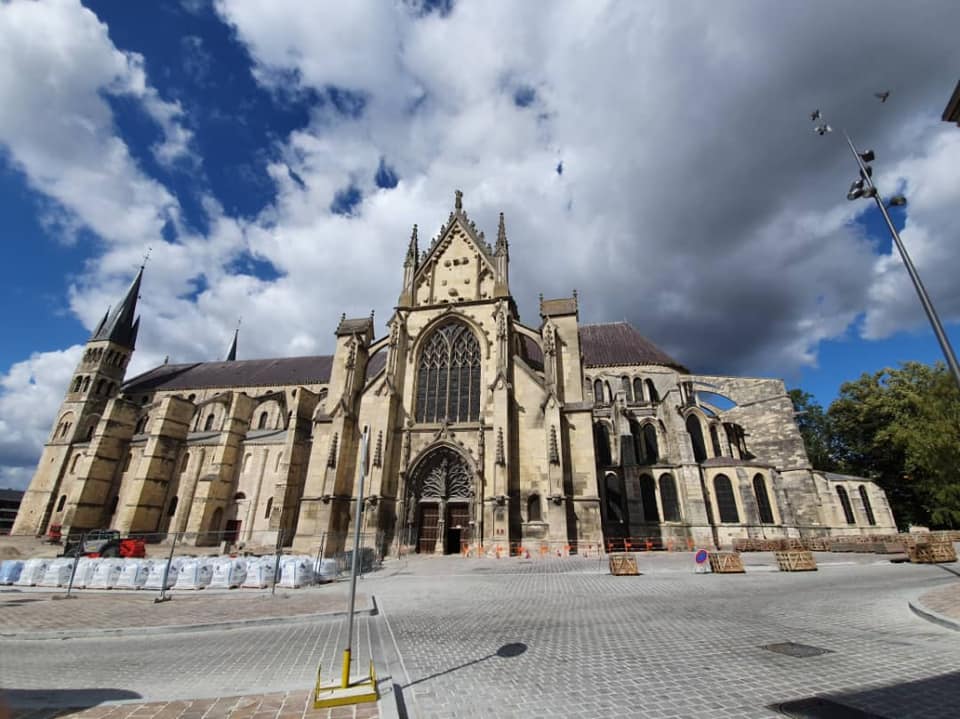
The choir façade and choir ambulatory are part of the later gothic additions that have given the setup a masterful edge. Historical relics of the city’s patron saint are indoor: Saint Remi is known to be the bishop that baptized Clovis, the King of Franks, around the beginning of the 6th-century.
Take a tour of the Champagne Houses
A visit to Reims is not complete without taking at least one tour of the Champagne houses that have occupied the part of town since the 1700s. Veuve, Tattinger, Clicquot-Ponsardin, Ruinart, and Mumm are big names in the area and are open for all visitors.
These places will lead visitors into the crayerès, artificial chalk tunnels that exist before the champagne industry, and provide the perfect humidity and temperatures for the second fermentation, which occurs in the bottles and crates that definitely fizz.
With its tunnels 40 m below the ground and fortified as a historical sire, Maison Ruinart is known to be the first producer to open in the city of Reims.
Appreciate the arts at Musée des Beaux-Arts
Situated in a former abbey, the city’s fine arts museum came to be by the Revolution. Its collection is based on works confiscated from the area’s aristocracy. The inventory as increased since then with different donations. This museum will give visitors a detailed summary of the major European art movements from the 6th-century to the 20th-century.
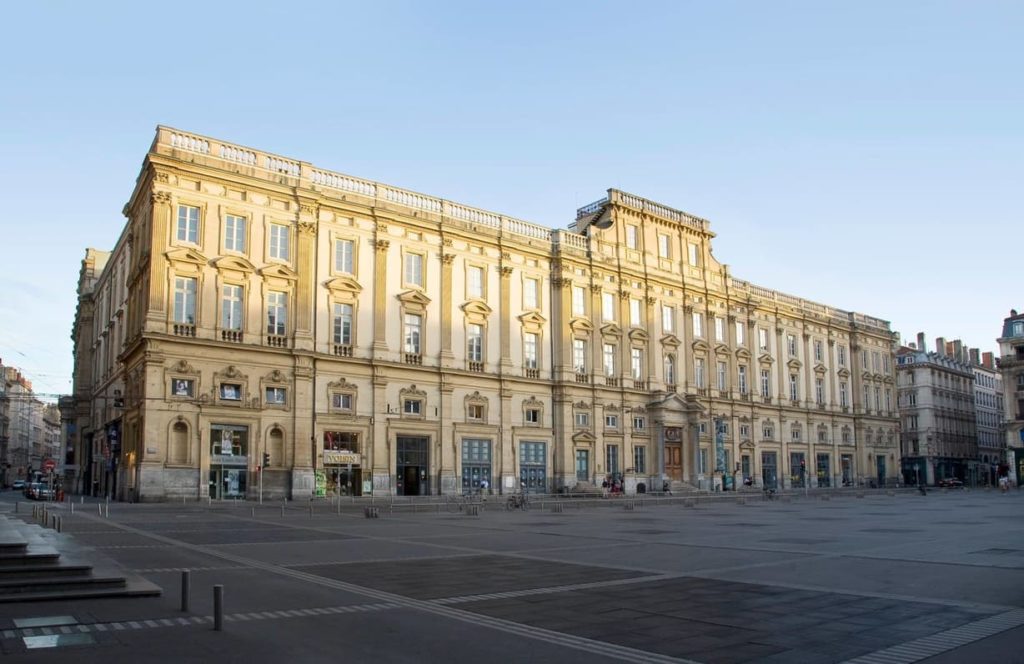
Visitors will find works from Matisse, Charles Le Brun, and Renoir. But the museum is popular for its collection of 27 works by Camille Corot, the 1800s landscape artist. It is the world’s second-largest collection.
See the largest Roman arch at Port de Mars
Visitors would see little of Reim’s Roman history still standing today, but the Port de Mars is a great piece. With a 33 m length, this 200s Roman arch is the largest in the world. It has many wears, but one can still recognize the reliefs of Romulus and Remus (the brothers who built Rome) and Jupiter and Leda. A reason why this arch has stood strong is that it served as a city gate, then part of a chateau for the city’s archbishops in the medieval era.
Stay at the Hotel de la Salle à Reims
The mid-16th-century Renaissance mansion, Hotel de la Salle, is located at the Rue Dr. Jacquin. Just outside, visitors can feel the classical architecture in the Doric and Ionic ornamental pillars on the ground floor and first floor.
This building is Jean-Baptiste de la Salle’s birthplace, who founded the patron saint of teachers and the first Catholic Schools. An exhibition about the Institute of the Brothers of Christian Schools is held here. When you visit, proceed to the courtyard, there is an open spiral staircase that reaches the turret.
Learn at the Musée Automobile Reims Champagne
With over 230 cars on display, the Musée Automobile Reims Champagne will give visitors a vivid view of the French automobile history. The oldest vehicle visitors will see dates back to 1908. What will excite car enthusiasts is the number of automobiles from long-defunct big names like Delage, Chenard-Walcker, Berliet, and Salmson. At the museum is also a comprehensive bike collection and an impressive variety of 5,000 toy cars and miniatures.
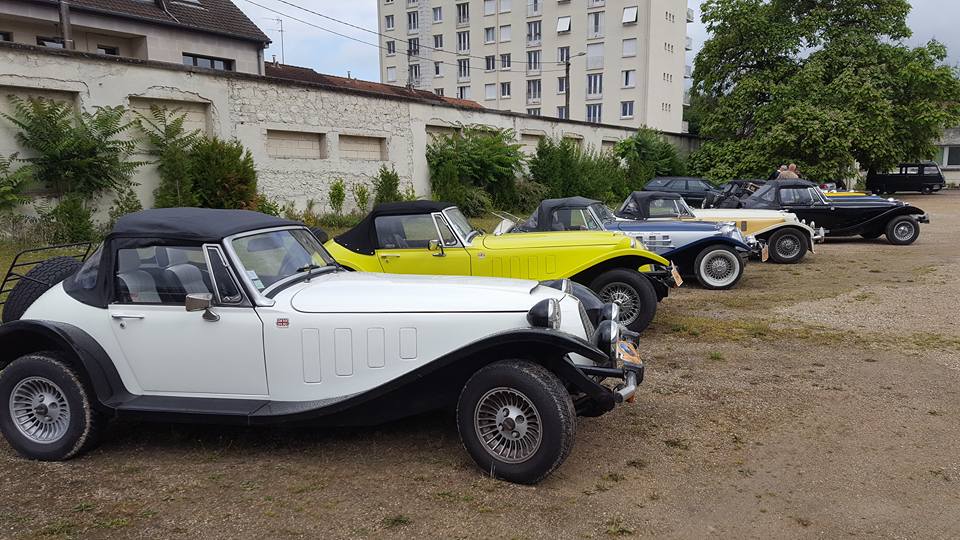
Take a snap of the Place Royale
The Place Royale is the most terrific square in the center. Plotted in 1760, this neoclassical style place is made with cast-iron lanterns, arcades, and balustrades on the roofs. It was made in honor of King Louis XV, and there is a statue of him dressed as a Roman Emperor.
The initial monument was sculptured by the iconic Jean-Baptiste Pigalle. Although the king’s statue was destroyed in the Revolution, the pediment under survived and displays the Pigalle under the King’s watch.
Marvel at the Bibliothèque Carnegie
Affected by the First World War, Reims is one of the three cities earmarked to receive a library from Andre Carnegie, the American philanthropist. Medieval manuscripts, incunabula (books printed prior to 1501, and many books printed in the course of the Ancien Regime are all in the library’s catalog.
Most visitors come for ιτσ beauty: the library was built between 1921 and 1927 and is a beautiful art deco. Entrance is free for everyone, and people can check out the mosaics in the reception. The different stained glass windows, the geometric railings in the Salle du Catalogue, the lantern, and the fountain under the hall.
Visit the Chapelle Foujita
In the Mumm Champagne house’s underground is an amazing fancy. Tsuguharu Foujita, a Japanese painter, spent most of his career in the country and was a Paris School member.
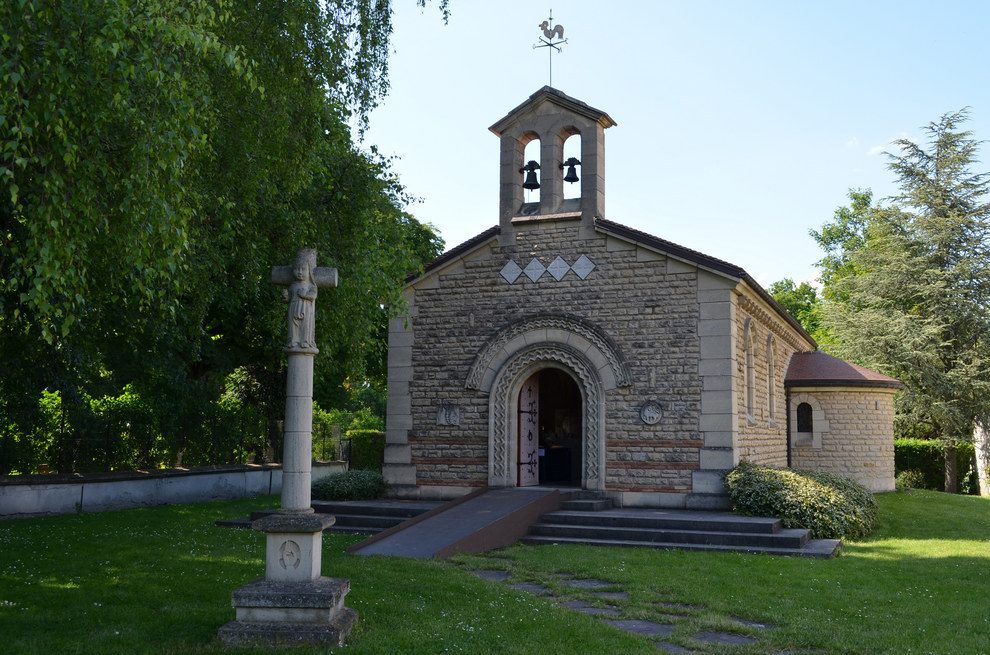
He designed the chapel in the 1960s and painted the great frescoes that adorn the walls inside. The Japanese had converted to Christianity ten years earlier. Also, it is eye-catching to see Christian themes demonstrated in his work.
Step into the Musée de la Reddition
Perhaps not general knowledge, Germany’s official surrender at the end of World War Two, was signed in the city’s Lycée Franklin-Roosevelt on May 7, 1945. The museum celebrating the event was opened 40 years later and is crammed with military medals, memorabilia, photographs, and framed newspaper from the day of the event.
Visitors will see which military units were positioned in the city at the time and how these technical college games were initially used as General Eisenhower’s headquarters. The room where the document was penned has been left untouched since the event 70 years ago.
Appreciate the gables at Musée-Hotel le Vergeur
Nicolas le Vergeur built a 1500s mansion on Place du Forum. Just before visitors go inside, they can adore the half-timbering and gables over the stone base. Musée-Hotel le Vergeur has accepted donations from people of different backgrounds, and as such, the collection is nicely diverse.
There are gothic and renaissance furniture, oriental art from the 1800s, and German Meissen porcelain. But the major highlight is a collection of about 50 engravings by Albrecht Dürer, the renaissance artist.
Visitors can also step into the courtyard to behold the historical architectural pieces taken from around Reims, like Romanesque arches from a 1100s Templar church.
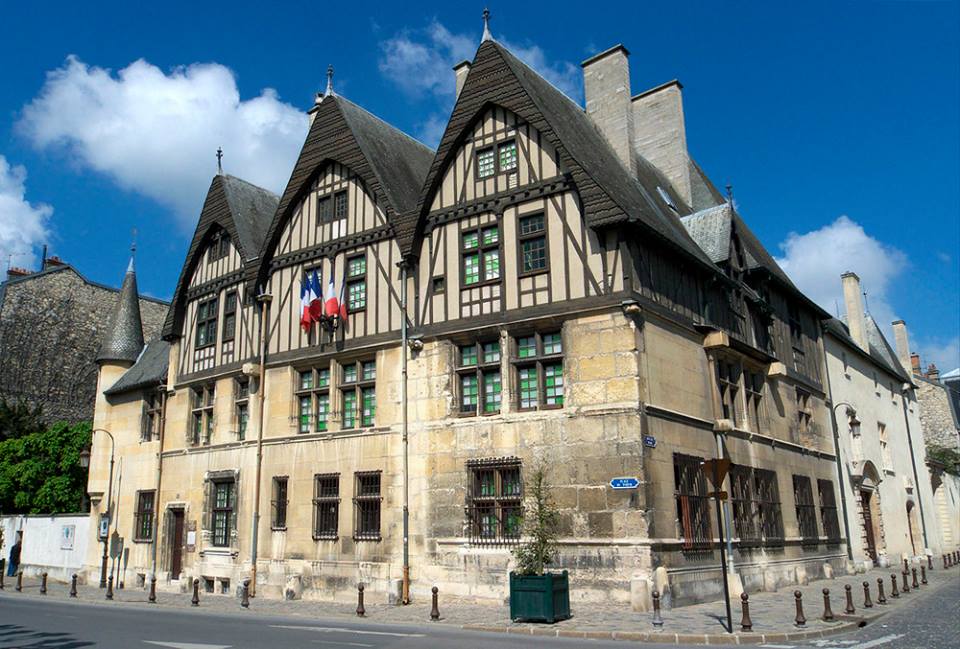
Things To Do In Reims – Summary
For Roman history buffs and vacationers, Reims is the top choice in northeastern France. There are lots to see and do, especially the exciting wine tours of the Champagne wine region. That is why the city is a top holiday destination for many tourists. No matter the weather, Reims is a great place to visit and relax.
